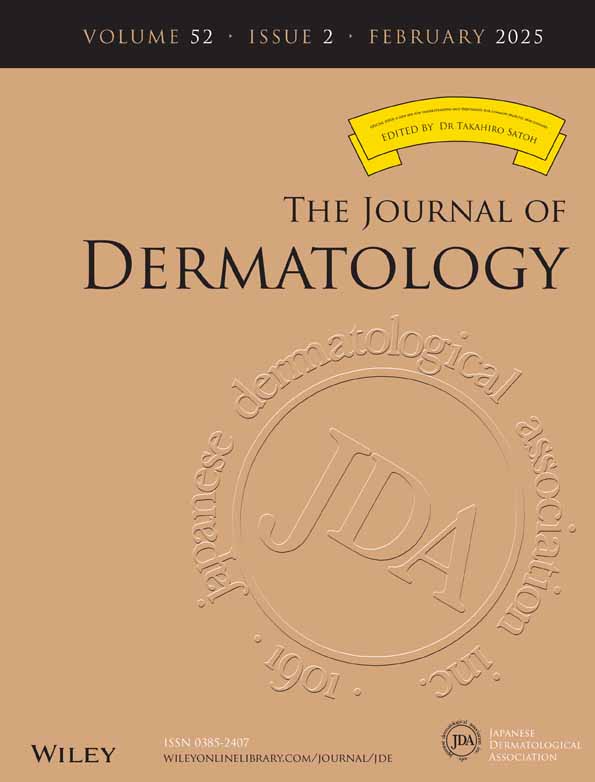Immune checkpoint inhibitor-associated bullous pemphigoid: A retrospective and real-world study based on the United States Food and Drug Administration adverse event reporting system
Abstract
This study aimed to describe bullous pemphigoid (BP) associated with immune checkpoint inhibitors (ICIs) reported in the United States Food and Drug Administration adverse event reporting system (FAERS). We obtained reports of ICI-associated BP from the first quarter of 2011 to the first quarter of 2024 in the FAERS database. The reporting odds ratio (ROR) method of the disproportionality analysis was performed to assess the potential risk for ICI-associated BP. We also described the clinical characteristics of ICI-associated BP and evaluated the time to onset (TTO) of BP developed after treatment with ICIs. Eight hundred and six cases of ICI-associated BP were gathered, in which 56.58% of the patients were aged 65 years or older. The majority of patients were male, accounting for 68.49% of all cases. The prevalent potential cancer type was skin cancer (31.64%). The results of the disproportionality analysis showed that males (ROR = 2.10 [1.78–2.49]), patients aged 65 or older (ROR = 2.13 [1.79–2.55]), and patients with skin cancer (ROR = 2.08 [1.80–2.43]) were more likely to develop ICI-associated BP. In comparison to cytotoxic T-lymphocyte-associated antigen 4 inhibitor and programmed cell death ligand 1 inhibitor, programmed cell death 1 inhibitor-associated BP has a higher risk of development (ROR = 24.45 [22.52–26.56]). ICI-associated BP had a median TTO of 204 days (interquartile range 57–426 days). ICI-associated BP is a rare but important immune-related adverse event. Our study provided helpful information to help medical professionals further understand ICI-associated BP.
CONFLICT OF INTEREST STATEMENT
Authors declare no conflict of interests for this article.
Open Research
DATA AVAILABILITY STATEMENT
There is data available from the FAERS database (https://fis.fda.gov/extensions/FPD-QDE-FAERS/FPD-QDE-FAERS.html).




